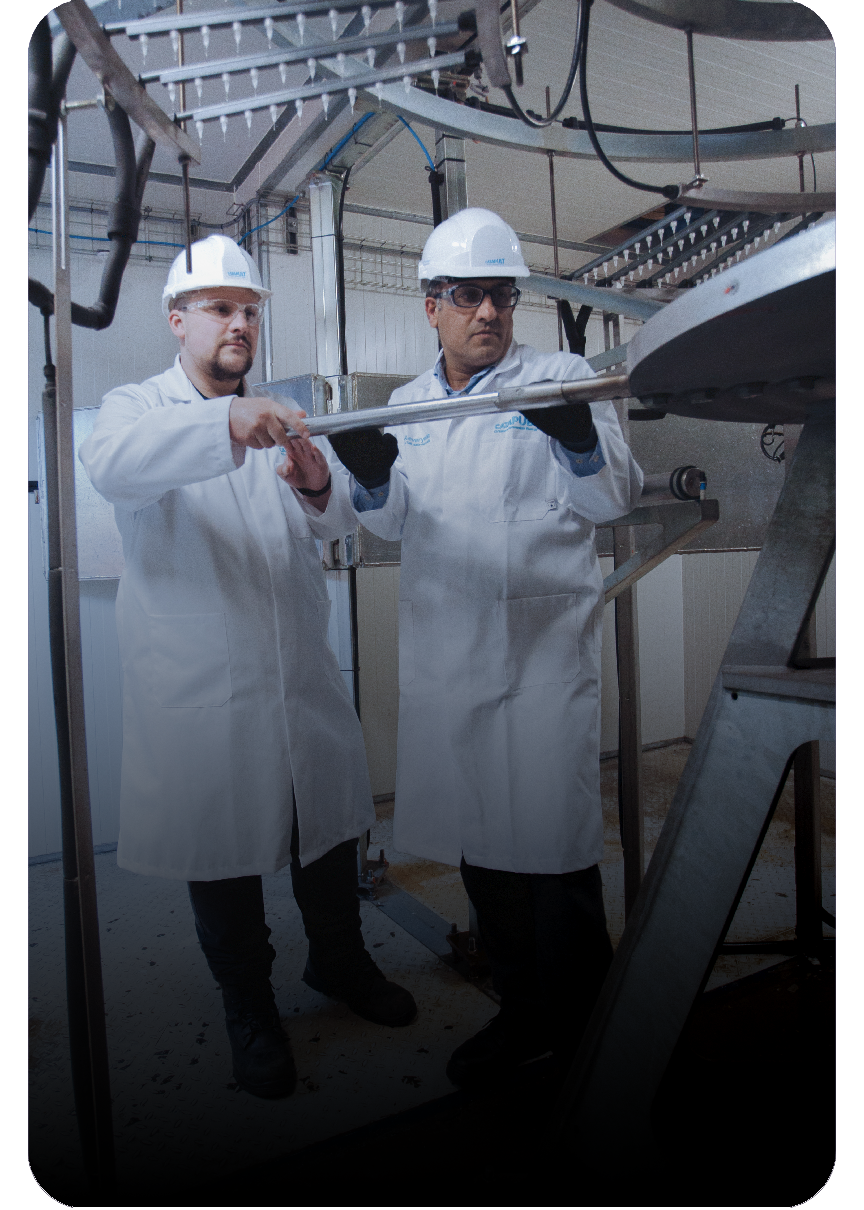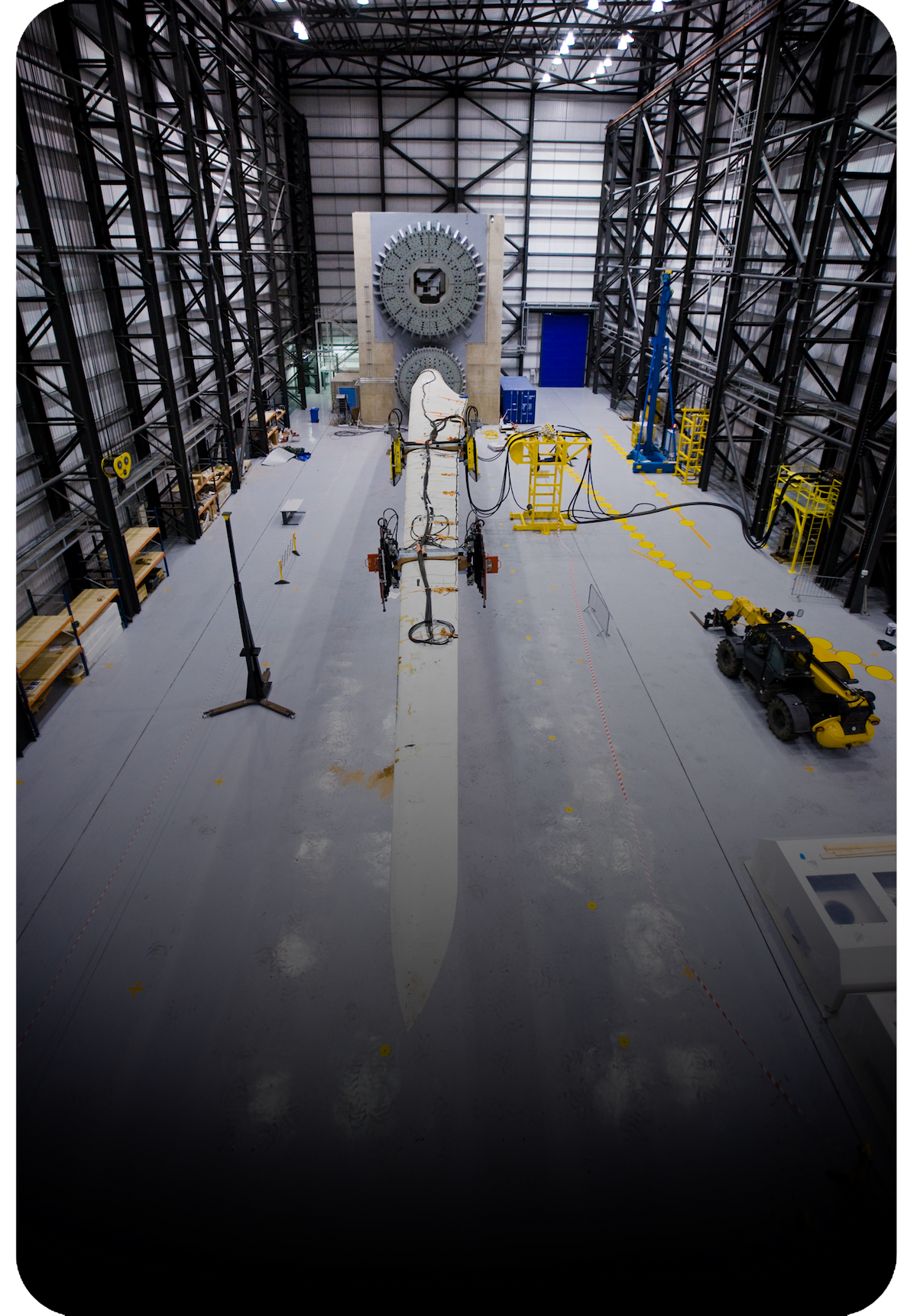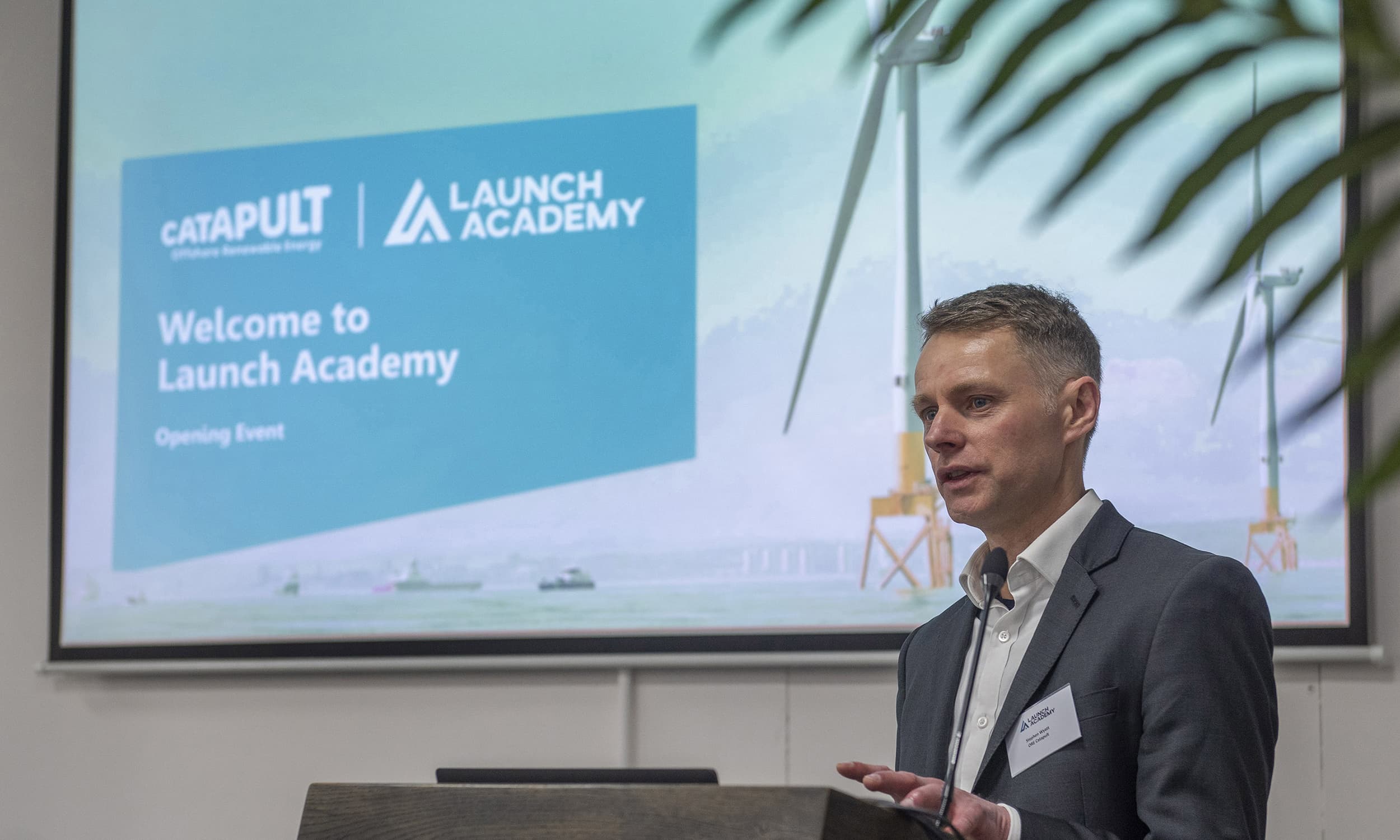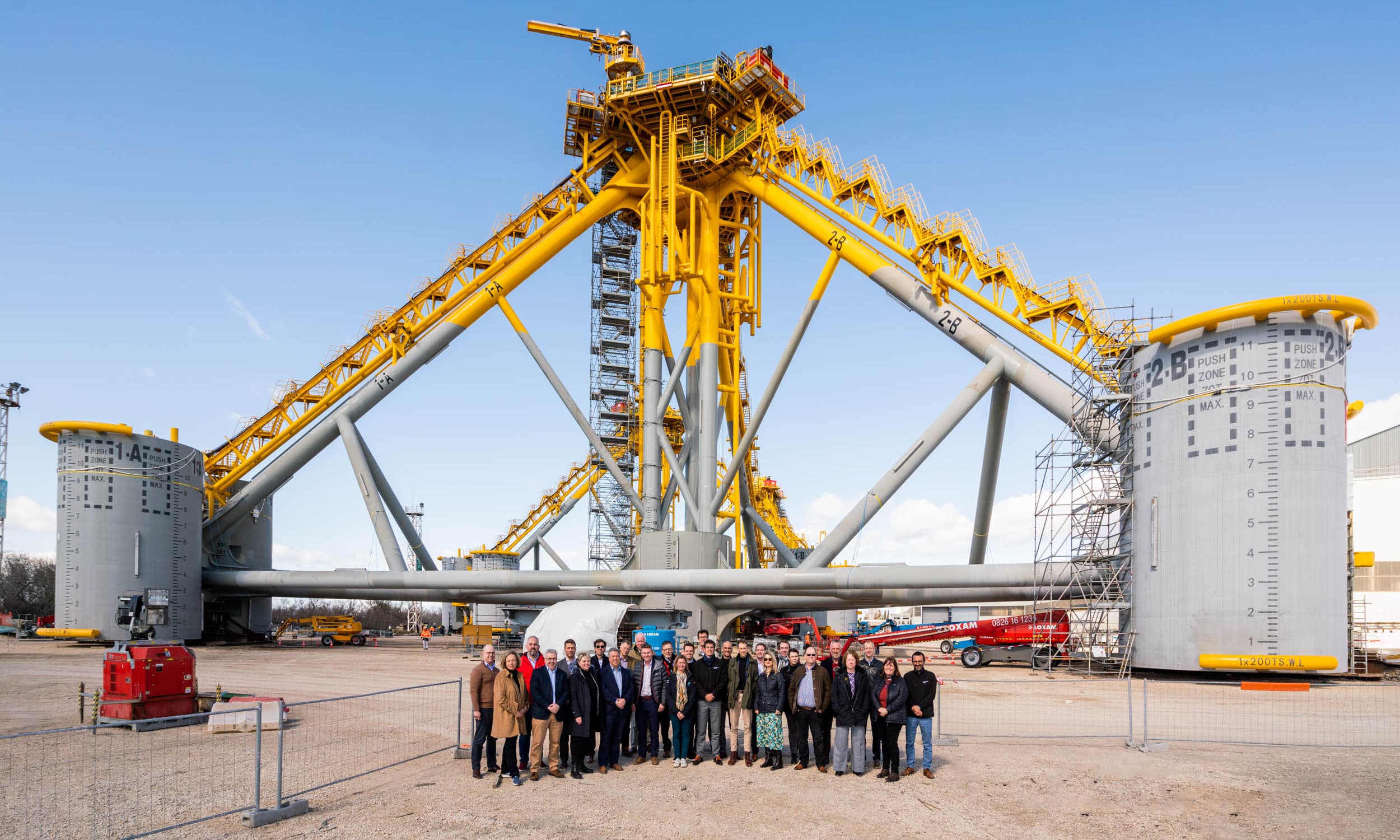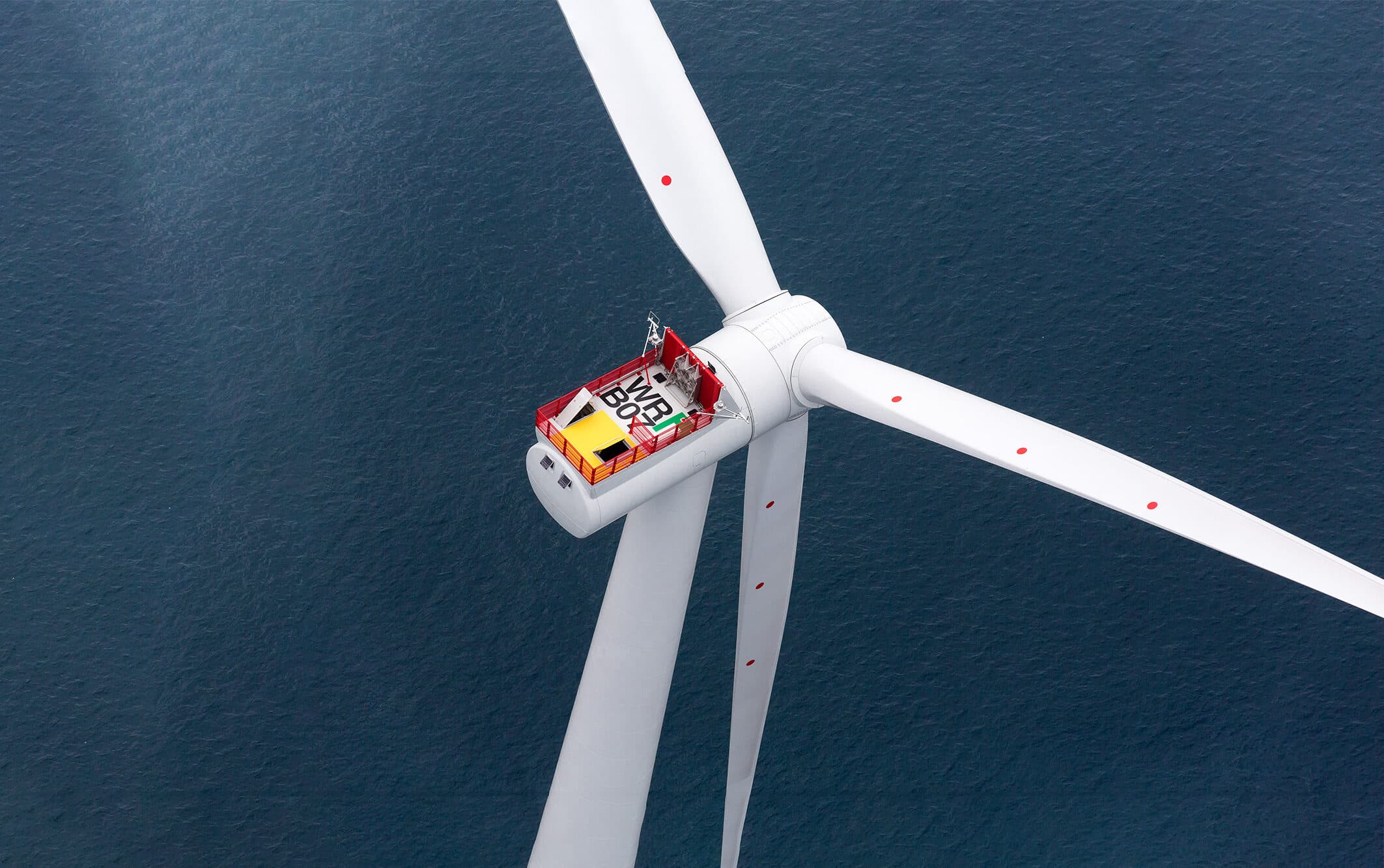
OUR LOCATIONS ACROSS THE UK
Take a look at our location fly-through to see our eight locations across the UK, from our FLOWIC facility in Aberdeen to our offices and support teams in Pembroke Dock and Hayle.
FOCUS ON SUPPLY CHAIN
At ORE Catapult, we have multiple funding programmes for those either looking to enter the offshore wind supply chain or those with an innovative technology or product looking for help to develop:
LATEST REPORTS & RESEARCH PAPERS
Our reports and research papers are designed to provide you with relevant analysis and insight on key industry issues.
They cover a broad range of topics – including economic analysis, O&M best practices, financial modelling, electricity distribution system mapping, cyber-security requirements, and much more.


